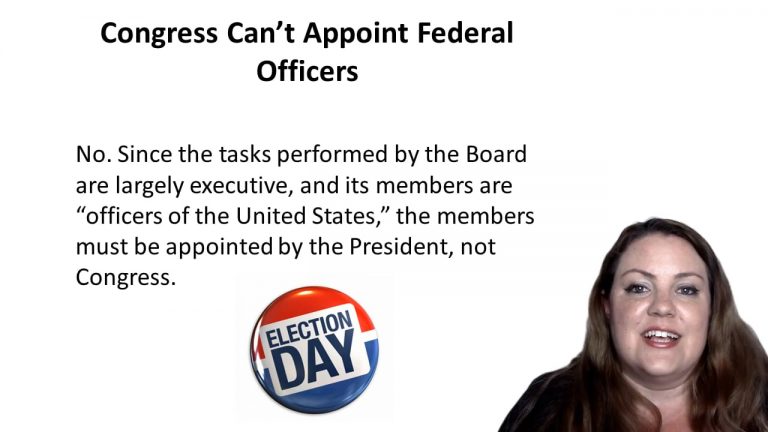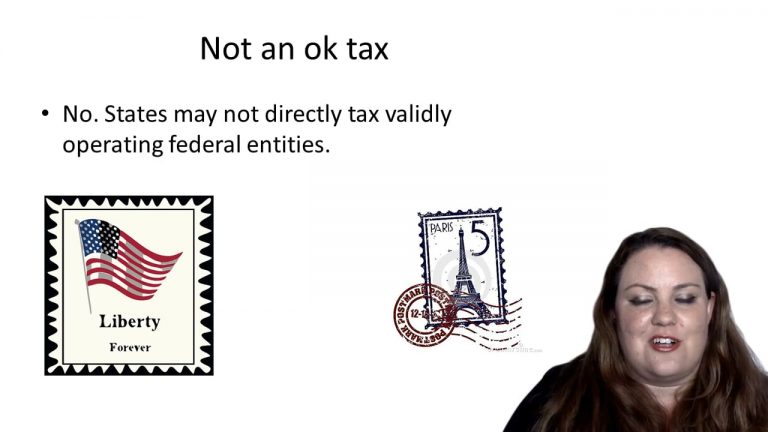SmartBrief
Confirm favorite deletion?
Constitutional Law Keyed to Varat
Boumediene v. Bush
Citation:
553 U.S. 723, 128 S.Ct. 2229, 171 L.Ed.2d 41 (2008).Facts
Boumediene and other Guantanamo Bay detainees sought writs of habeas corpus to review their status as enemy combatants. Some detainees had been held at Guantanamo Bay for years without the benefit of legitimate review of their detainment status. Section 7 of the MCA prohibited federal courts from hearing habeas cases from Guantanamo detainees. Their only means of appealing the military tribunal’s decision was through the process prescribed by the DTA. The DTA review process confined appellate courts to deciding whether the military tribunal followed “the standards and procedures” issued by the Department of Defense. However, the process would not allow a detainee the opportunity to present evidence discovered after the initial hearing.
Only StudyBuddy Pro offers the complete Case Brief Anatomy*
Access the most important case brief elements for optimal case understanding.
*Case Brief Anatomy includes: Brief Prologue, Complete Case Brief, Brief Epilogue
- The Brief Prologue provides necessary case brief introductory information and includes:
Topic:
Identifies the topic of law and where this case fits within your course outline.Parties:
Identifies the cast of characters involved in the case.Procedural Posture & History:
Shares the case history with how lower courts have ruled on the matter.Case Key Terms, Acts, Doctrines, etc.:
A case specific Legal Term Dictionary.Case Doctrines, Acts, Statutes, Amendments and Treatises:
Identifies and Defines Legal Authority used in this case.
- The Case Brief is the complete case summarized and authored in the traditional Law School I.R.A.C. format. The Pro case brief includes:
Brief Facts:
A Synopsis of the Facts of the case.Rule of Law:
Identifies the Legal Principle the Court used in deciding the case.Facts:
What are the factual circumstances that gave rise to the civil or criminal case? What is the relationship of the Parties that are involved in the case.Issue(s):
Lists the Questions of Law that are raised by the Facts of the case.Holding:
Shares the Court's answer to the legal questions raised in the issue.Concurring / Dissenting Opinions:
Includes valuable concurring or dissenting opinions and their key points.Reasoning and Analysis:
Identifies the chain of argument(s) which led the judges to rule as they did.
- The Brief Prologue closes the case brief with important forward-looking discussion and includes:
Policy:
Identifies the Policy if any that has been established by the case.Court Direction:
Shares where the Court went from here for this case.
Topic Resources
Topic Videos
 8m 0s
8m 0s 14m 29s
14m 29sTopic Outline
Topic Refresher Course
